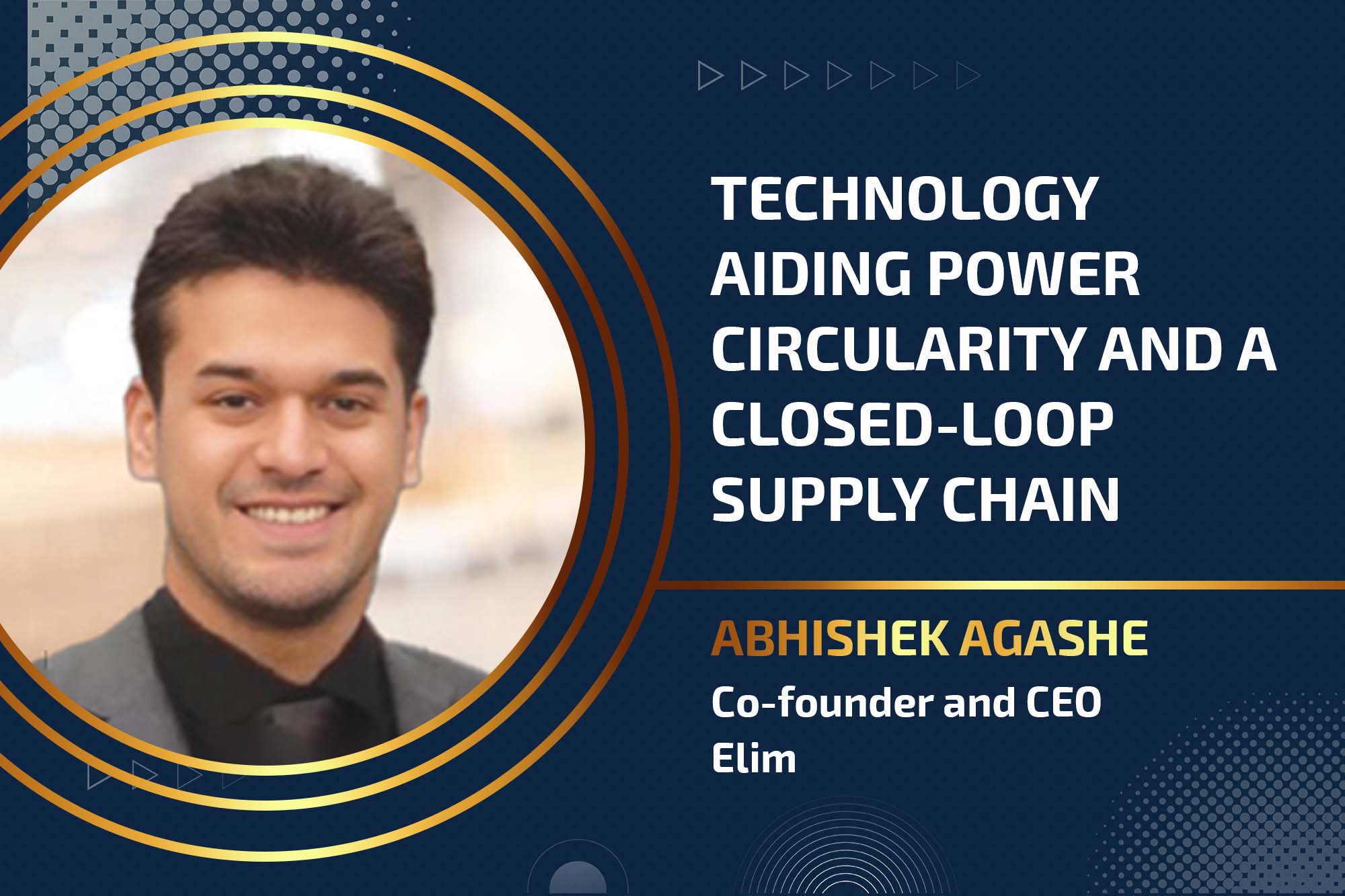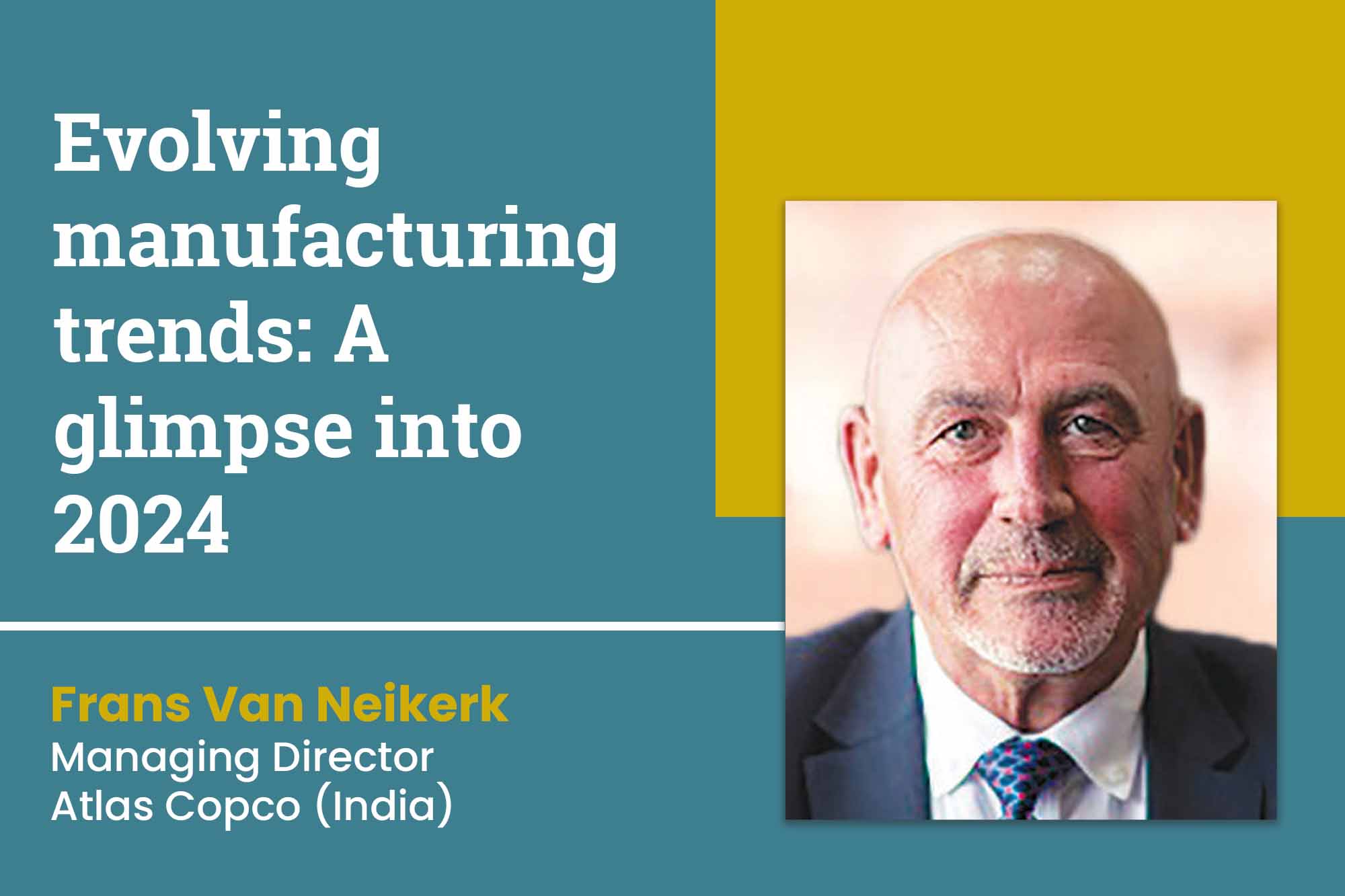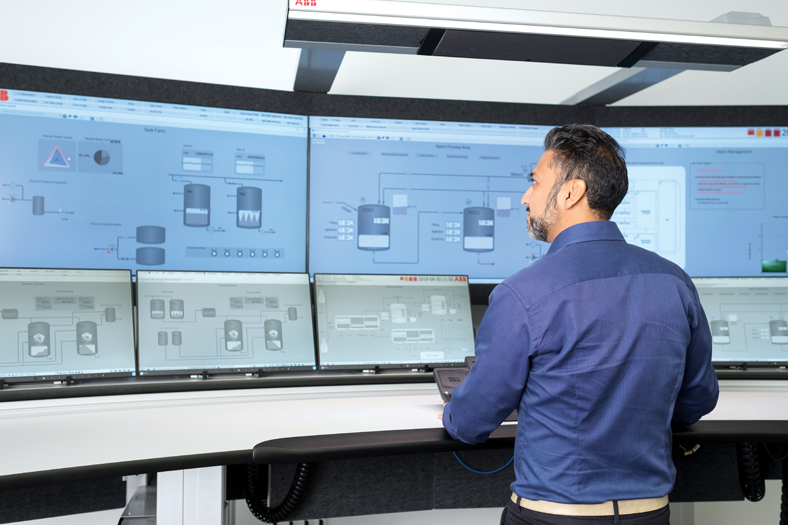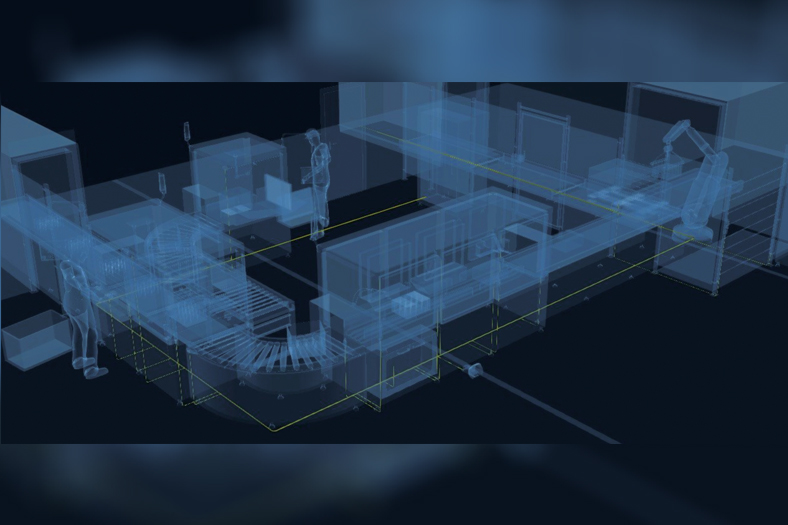Driving Digitalization
By OEM Update Editorial July 8, 2020 7:24 pm IST
Driving Digitalization ourselves – today
For years the term has dominated public debate, without really being accessible; digitalisation, so it is said, involves a fundamental change in corporate structures and cultures. Hierarchies are said to be a hindrance on the journey to digital transformation – teams and projects must break the boundaries between departments. In order to develop new business models on a digital basis, we must become agile and learn to think in a manner that is even more process and customer-oriented.
This is all well and good. It is, however, simply not concrete and not accessible, which is why many business leaders have opted in recent years for the path of delegating the topic of digitalisation, outsourcing it to actual or alleged teams of experts when searching for a safe approach. Start-ups have been founded or purchased with the task of driving a company’s digital transformation forward; after all, daily operations shouldn’t suffer as a result of the upheaval.
LAPP faced this exact question as well, and after intense discussion, we have decided to take our digitalisation into our own hands. Instead of assigning responsibility to a digital “dingy” or some equivalent, we have chosen to set sail for the digital future with the whole ship and the entire crew, together. We are convinced that, although this may not be the easiest path in the short term, it is the best – for our customers and therefore also for us, as a company.
Digitalisation affects everyone
The reasons for this decision are as complex as the undertaking itself. To start with, we realised that digitalisation affects everyone. Changes in thoughts and actions, without which digitalisation would not work, must permeate every employee and the entire company, from within. The stronger each individual’s active involvement, the better this will work, instead of being confronted with new ideas and incentives from outside.
This means that every country organisation, every manager, every department – in short, every employee at our company – has the task and therefore the responsibility of doing their part in the digitalisation process, within their means. No one can or should lean back expectantly and say: “The digital colleagues will take care of that for us”.
Another important aspect which made us feel confident in our choice to address the topic ourselves and through our own means, was confidence in the fact that our employees and corporate structures create the ideal conditions for doing so – we are a medium-sized family enterprise, and this has always shaped our corporate culture. Personal responsibility, autonomy and creativity characterise our employees more than hierarchical thinking; this distributes the “load” of new ideas and changing thought patterns amongst everyone – something which has always been the practice at our company.
In terms of corporate structures, LAPP has a relatively de-centralised organisational structure. This greatly benefits our customers, in that we know them well, we are available on-site, and we know exactly what type of solutions they are looking for. This arrangement is beneficial for us as well, especially now that we are undergoing a digital transformation – we operate without centralised corporate structures that cause all threads to lead to the head office, which would prevent fast and customer-oriented action. We are much more used to thinking and acting within local projects, which are implemented by our on-site teams, largely out of personal responsibility. In short, we have short, non-bureaucratic decision paths and already largely operate like a start-up. However, digitalisation is nevertheless a subject of management; a single vision and goals must be specified, so that the projects can be prioritised accordingly.
… and it is not an end in itself
These boundary conditions, which are advantageous from our perspective, are one thing, but it is another matter to allow the idea and concept of digitalisation to diffuse into day-to-day business operations. One thing is for sure, digital transformation is not an end in itself, but rather, it should allow a company to deliver even better services and products to its customers. To put it plainly, to make customers even more satisfied.
In general, the effects of digitalisation occur in two directions:
- Outwards, i.e. external effects of the company on its customers
- Inwards, i.e. IT-driven automation and optimised company processes, as well as optimised creative and decision-making processes.
- Outwards-facing examples can include e-commerce and online market places; the objective is on improving products and services for
- the customers, and to develop products and services which can only be possible through digitalisation.
On the subject of inwards-facing effects, the previously-mentioned process optimisations and the development of new business models play a central role. With this in mind there are many aspects which affect the customer, thereby benefiting both sides. Examples here include logistics services such as Track-and-Trace offers, or automated reordering systems – offers with which a company can expand their scope of service. Not to mention all manner of digital sales/information/communication channel which supports direct, around-the-clock contact between customer and company, regardless of location, as well as making it easier to tap into new customer groups.
Consistent “customer experience”
“Customer experience” is a buzzword which has been used readily and often in conjunction with digitalisation in the past few years. It describes the sum of all experiences which a customer has with a company – via all the so-called touchpoints. This could be an advisor in the field or an employee in the sales office, an advertisement, a poster or a brochure, the opening of packaging, a company’s Facebook presence, online support or user navigation through a company’s website. Digitalisation has increased the number of potential touchpoints by near infinite numbers.
Trusting the data
But how do we implement this? Firstly, despite this being a task for everyone, we have established a core team responsible for promoting and supporting digitalisation, and consistently creating new impetus. One of this team’s important tasks is to demonstrate how good analysis and uniform interpretation of data can help us to become better, in as concrete a manner as possible; how data can open up unforeseen insights, produce astounding findings and lead to new ideas. We see ourselves to a certain extent as translators clearly stating what data is saying about our processes – as well as how these can be improved, if we trust the data as an unerring source of information. In doing so we create a few eureka moments, while at the same time reinforcing the interest for digital transformation in our employees.
Naturally, the entire transformation process is to take place in the form of many individual projects. For this purpose, we have developed “crossfunctional purpose teams”, among other things. This is where we have internationally assembled teams from different departments implement projects together; within these teams we also purposefully bring together long-standing and new employees. The former know our customers and what they expect, and the new employees are bursting with new, digital ideas – a highly creative mix.
Breaking down conventional structures
The formation of project groups such as these not only breaks down the silo structures between individual departments, but also produces many new ideas which is only possible thanks to interdisciplinary teamwork. Project team members often learn a great deal from one another. They often leave these projects feeling highly motivated, their identity with the company and the digitalisation project having grown immensely as well. Furthermore, it is entirely possible that colleagues from smaller departments become global project leaders – we break down conventional structures even here.
Of course this is also often hard work, if, for example, employees from Product Management, IT experts, individuals from marketing, and colleagues from the finance department are working together to implement a project – after all, very different objectives and cultures are coming together in such a mix. However, based on previous experience, the benefits clearly outweigh the bumps in the road.
This is how we develop new tools, products and services – not merely from a top-down approach. New structures and processes are created and our employees gain additional skills, for example much deeper insights into their colleagues’ tasks. At the same time they can improve their English skills, as it is generally our project language.
Obviously projects of this nature do not define our day-to-day operations, and not every employee is constantly involved. However, digital transformation is already increasingly affecting our day-to-day – and increasingly, every employee. This is why we have developed an e-learning programme about the range of topics surrounding Industry 4.0 and digitalisation, consisting of a number of modules, with the basic ones being compulsory for all employees.
Here, all employees learn about the most important facts, explain terminology, introduce the most important customers, players and developments in this area, inform you of the solutions from LAPP using examples, and provide an outlook on the digital future. The objective is for all employees to develop a feel for where the journey is going, and that they know that their company is a front runner. As well, of course, that they understand the task as a topic that affects them all.
Because digitalisation is not an IT project, but one which concerns our joint competitiveness in the 21st century. It is a project which sets topical impetus for our core business and employees. And it works better the more fun and success everyone involved has, and when all employees work together, regardless of hierarchy, department or country.

Authored by:
Alexander Lapp is currently Senior Manager Digitalisation & e-Business and is responsible for the company’s digital transformation
Cookie Consent
We use cookies to personalize your experience. By continuing to visit this website you agree to our Terms & Conditions, Privacy Policy and Cookie Policy.
















